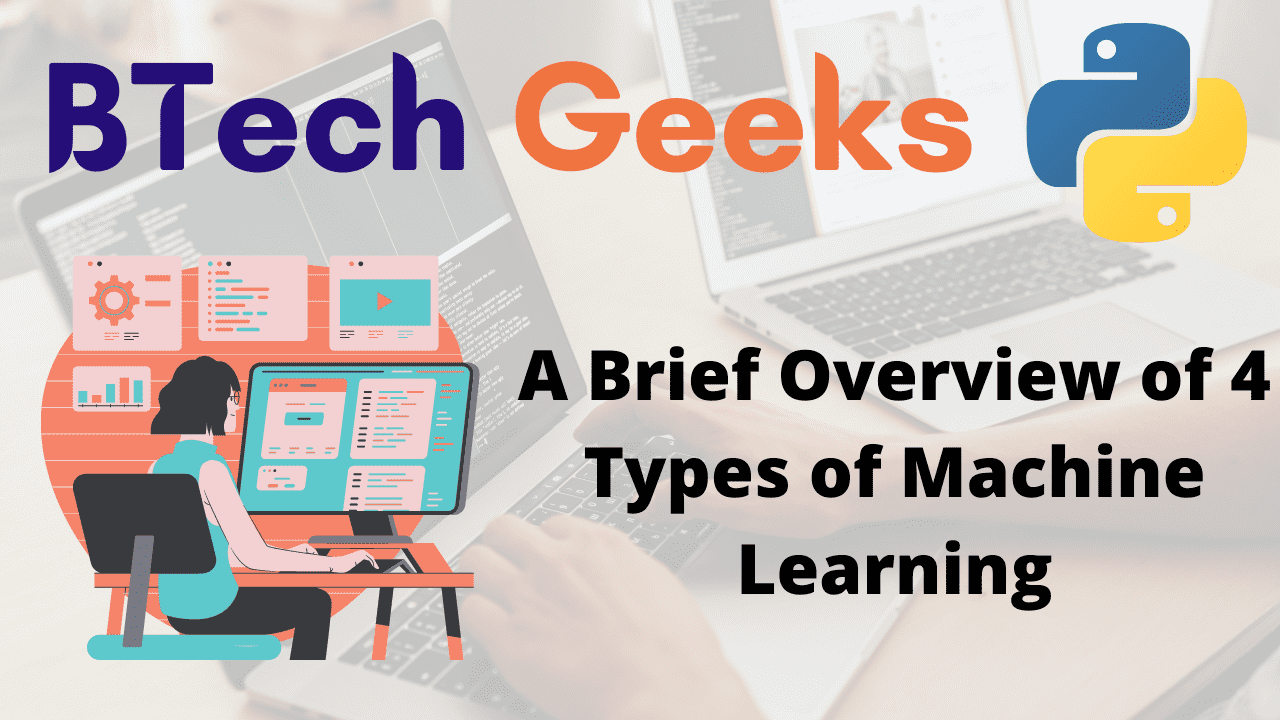Machine learning is a developing technology that allows computers to learn automatically from past records. Machine learning employs a variety of algorithms to construct mathematical models and make predictions based on past data or information. It is being utilized for a variety of activities including image recognition, audio recognition, email filtering, Facebook auto-tagging, recommender systems, and many others.
What is Machine Learning?
For example, based on the data so far, if we ever want to know the weather forecast for the next few days, data predictions utilizing Machine Learning Algorithms can readily provide such information. It enables us to address business problems and has also paved the way for business analytics to readily predict demand.
Machine Learning is the branch of science that studies how computers can learn without being explicitly programmed. ML is one of the most intriguing technologies that I have ever encountered. As the name implies, it provides the computer with a feature that makes it more human-like: the ability to learn. Machine learning is being employed actively now, possibly in many more locations than one would imagine.
Arthur Samuel invented the term “machine learning” in 1959.
- Artificial Intelligence Lecture Notes and Study Material PDF Free Download
- B.Tech CSE Fourth Year Notes, Reference Books, Study Materials PDF Download for Free
- Lecture Notes for All Branches | Department Wise Lecture Notes for Preparation
Machine Learning Algorithm Types
Machine Learning provides us with the following algorithms that are specific to the type of data variables:
- Supervised Machine Learning
- Unsupervised Machine Learning
- Reinforced Machine Learning
- Semi-supervised Machine Learning
1)Supervised Machine Learning
Supervised learning is a form of machine learning method in which we feed sample labeled data to the machine learning system in order to train it, and it predicts the output based on that.
The system builds a model using labeled data to interpret the datasets and learn about each data. After training and processing, we test the model by supplying sample data to see if it predicts the precise output or not.
The purpose of supervised learning is to map input data with the output data. Supervised learning is based on supervision, and it is the same as when a student learns something under the teacher’s observation. Spam filtering is an example of supervised learning.
Supervised learning is further subdivided into two types of algorithms:
- Classification
- Regression
Example
Assume you are handed a basket packed with various types of fruits. The initial stage is to train the machine with all of the different fruits one by one, as shown below:
- If the object has a circular shape with a depression at the top and is red in color, it will be categorized as Apple.
- If the object has the shape of a long curving cylinder with a Green-Yellow color, it will be categorized as Banana.
Assume that after training the data, you are presented with new separate fruit, say a banana from the basket, and asked to identify it.
Because the system has already learned from past data, it must use it intelligently this time. It will first categorize the fruit based on its shape and color, then confirm the fruit’s name as Banana and place it in the Banana category. Thus, the system learns from training data (a fruit basket) and then applies the knowledge to test data (new fruit).
2)Unsupervised Machine Learning
The model in Unsupervised Machine Learning Algorithms is not fed any labeled data values. That is, the model accepts unlabeled data and then discovers and groups related characteristics from the data into a category.
The output of the training data is never provided to the model.
In this case, the model learns on its own by detecting underlying patterns via equations and correlations, for example.
Unsupervised Machine Learning techniques are used to solve clustering and association issues, among other things.
Example
Assume it is shown an image with both dogs and cats that it has never seen before.
As a result of the machine’s lack of knowledge about the characteristics of dogs and cats, we cannot classify it as ‘dogs and cats.’ However, it can categorize them based on their similarities, patterns, and differences, allowing us to simply divide the above image into two sections. The first section may include all images with dogs in them, while the second section could include all images with cats in them. You didn’t learn anything previously, thus there is no training data or examples.
3)Reinforced Machine Learning
Reinforcement learning is a feedback-based learning strategy in which a learning agent is rewarded for correct(right) actions and penalized for incorrect actions. With this feedbacks, the agent automatically learns and improves its performance. The agent interacts with and investigates the environment in reinforcement learning. An agent’s purpose is to earn the most reward points possible, so it enhances its performance.
Reinforcement learning is demonstrated by the robotic dog, which automatically learns the movement of his arms.
4)Semi-supervised Machine Learning
The data provided to the model via Semi-Supervised machine Learning is partially labeled and partially unlabeled. These algorithms are typically based on categorical dependent variables and can be used for data model Classification as well as Clustering.
It accepts both labeled and unlabeled data as input, as well as the output of the trained data, learns from the patterns, and then makes predictions.

